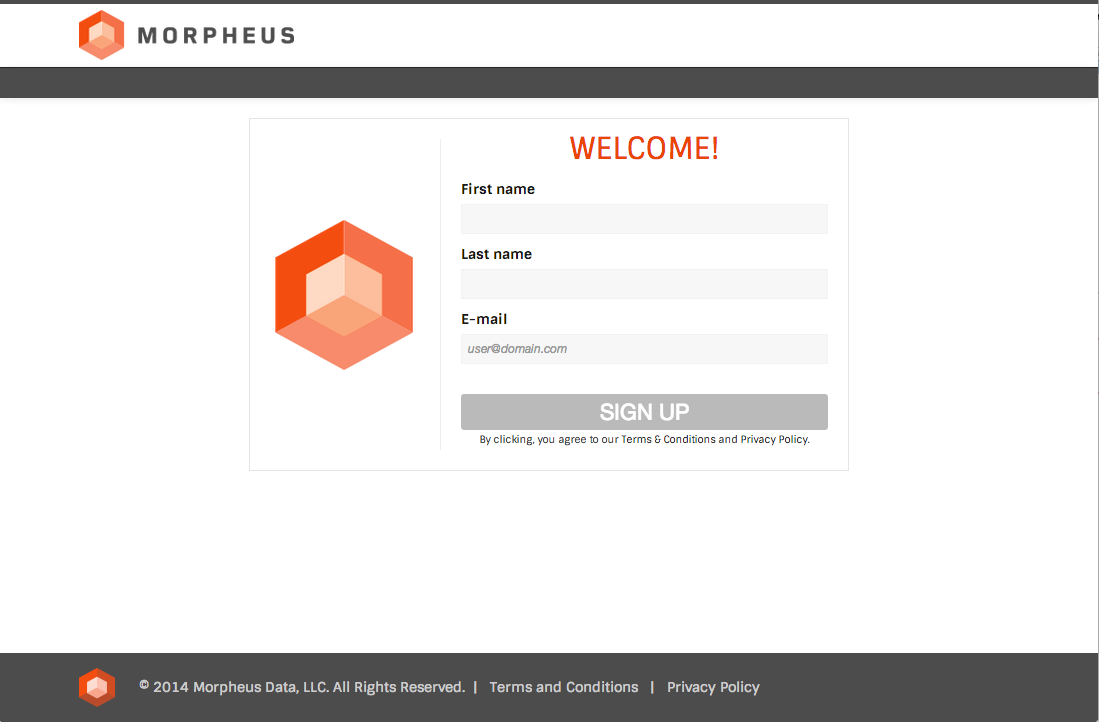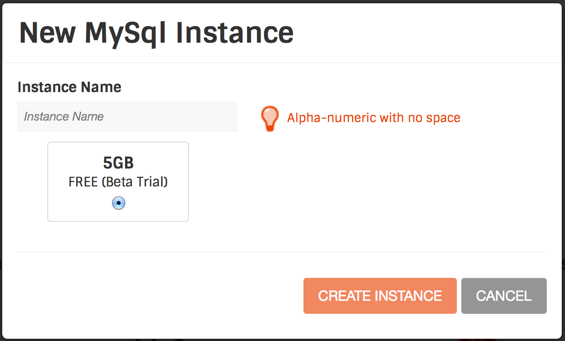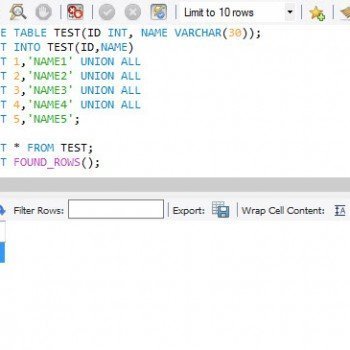I love my weekend projects. Everybody does different activities in their weekend – like traveling, reading or just nothing. Every weekend I try to do something creative and different in the database world. The goal is I learn something new and if I enjoy my learning experience I share with the world. This weekend, I decided to explore Cloud Database As A Service – Morpheus. In my career I have managed many databases in the cloud and I have good experience in managing them.
I should highlight that today’s applications use multiple databases from SQL for transactions and analytics, NoSQL for documents, In-Memory for caching to Indexing for search. Provisioning and deploying these databases often require extensive expertise and time. Often these databases are also not deployed on the same infrastructure and can create unnecessary latency between the application layer and the databases. Not to mention the different quality of service based on the infrastructure and the service provider where they are deployed.
Moreover, there are additional problems that I have experienced with traditional database setup when hosted in the cloud:
- Database provisioning & orchestration
- Slow speed due to hardware issues
- Poor Monitoring Tools
- High network latency
Now if you have a great software and expert network engineer, you can continuously work on above problems and overcome them. However, not every organization have the luxury to have top notch experts in the field. Now above issues are related to infrastructure, but there are a few more problems which are related to software/application as well.
Here are the top three things which can be problems if you do not have application expert:
- Replication and Clustering
- Simple provisioning of the hard drive space
- Automatic Sharding
Well, Morpheus looks like a product build by experts who have faced similar situation in the past. The product pretty much addresses all the pain points of developers and database administrators.
What is different about Morpheus is that it offers a variety of databases from MySQL, MongoDB, ElasticSearch to Reddis as a service. Thus users can pick and chose any combination of these databases. All of them can be provisioned in a matter of minutes with a simple and intuitive point and click user interface. The Morpheus cloud is built on Solid State Drives (SSD) and is designed for high-speed database transactions. In addition it offers a direct link to Amazon Web Services to minimize latency between the application layer and the databases.
Here are the few steps on how one can get started with Morpheus. Follow along with me. First go to and register for a new and free account.
Step 1: Signup
It is very simple to signup for Morpheus.

Step 2: Select your database

I use MySQL for my daily routine, so I have selected MySQL. Upon clicking on the big red button to add Instance, it prompted a dialogue of creating a new instance.

Step 3: Create User
Now we just have to create a user in our portal which we will use to connect to a database hosted at Morpheus. Click on your database instance and it will bring you to User Screen. Over here you will notice once again a big red button to create a new user. I created a user with my first name.

Step 4: Configure your MySQL client
I used MySQL workbench and connected to MySQL instance, which I had created with an IP address and user.

That’s it! You are connecting to MySQL instance. Now you can create your objects just like you would create on your local box. You will have all the features of the Morpheus when you are working with your database.
Dashboard

While working with Morpheus, I was most impressed with its dashboard. In future blog posts, I will write more about this feature. Also with Morpheus you use the same process for provisioning and connecting with other databases: MongoDB, ElasticSearch and Reddis.
Reference: Pinal Dave (https://blog.sqlauthority.com)




